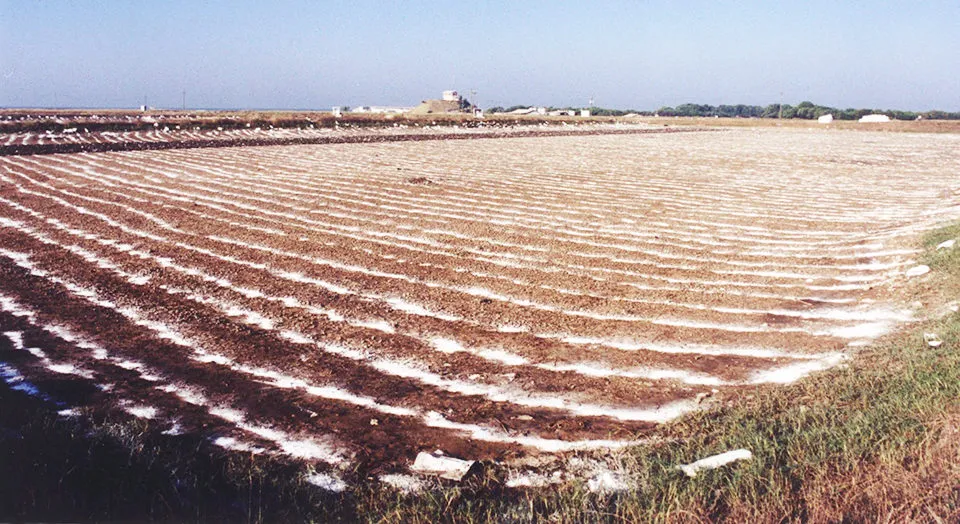We have already talked several times about the importance of maintaining an initial C/N ratio range of 25-35:1 because low C/N ratios (< 25) occur faster but nitrogen loss occurs due to ammonia release, which in the end will result in the need for an adequate management of the C/N ratio in order to obtain a quality product.



▶ For high C/N ratios (≥40), biological activity decreases, and consequently the process stops while the microorganisms oxidize the excess carbon since there is no availability of nitrogen for protein synthesis.

▶ Credits: Globalseafood. – [Image of Public Domain]
≕ I invite you to stay tuned and read my next contribution ≔
This parameter is taken into consideration to establish the appropriate mixtures of manure and carbonaceous residues, finding the available carbon, which is derived from the "total organic carbon" minus the carbon in lignin. They also comment on the numerical value of the C/N ratio, which is found by dividing the C content (MOT/2) by the organic nitrogen content.
The C/N ratio is considered a widely used parameter, but it must be weighted correctly, always bearing in mind other aspects of the compost analyzed (e.g. pH, temperature, humidity, leaching).
Compost is mistakenly considered to be mature if the C/N ratio is close to 10; this value is that of the stabilized organic matter in a soil, which does not necessarily correspond to that of the stabilized OM in a compost.

It is necessary to know the initial C/N ratio of the waste to be composted since it will give us an idea of the speed of the process and the possibility of nitrogen losses; a mature compost has a C/N ratio of less than 20 and as close as possible to 10-15.
NOTE: Reference material.